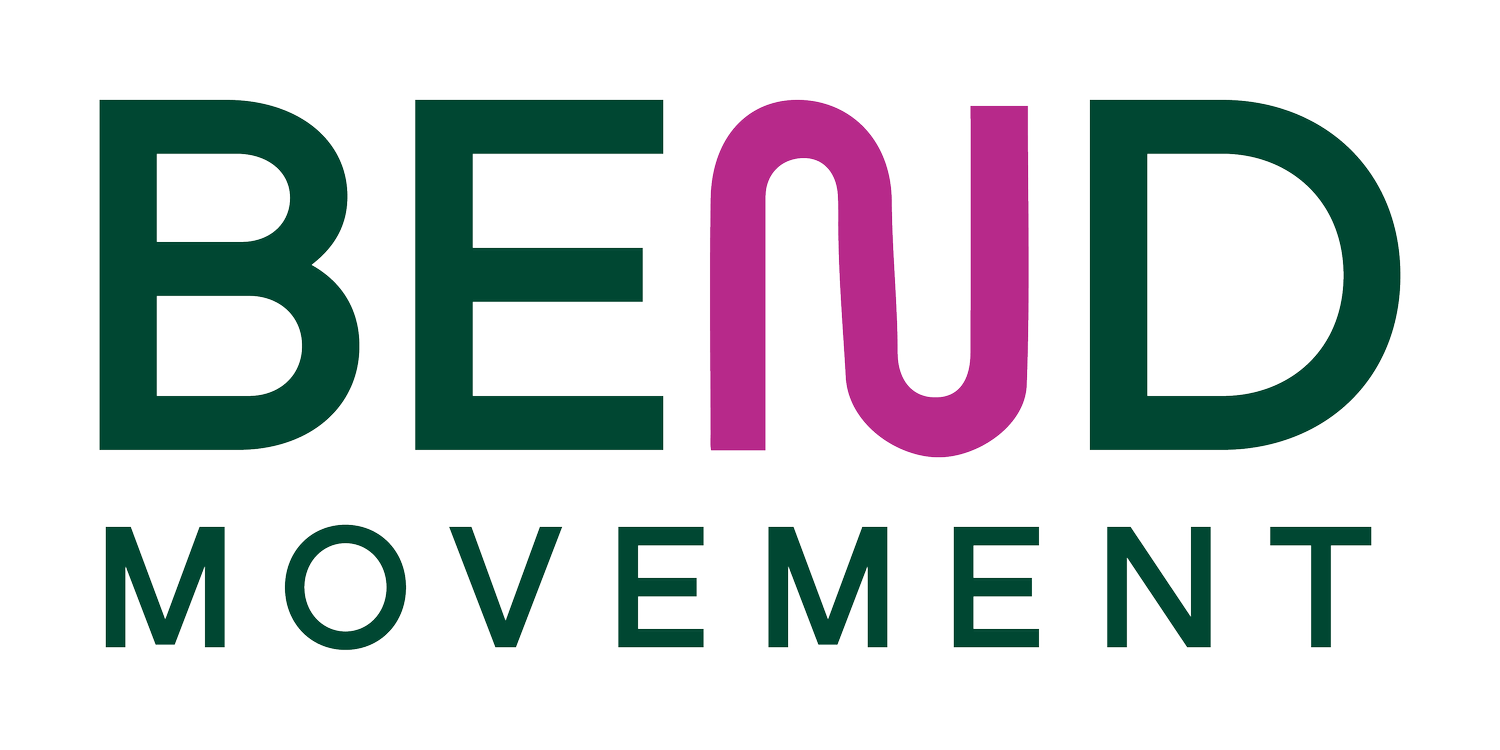Elevate Your Walking Program with Rucking: A Beginner's Guide to Safe Progression
Looking to take your walking program to the next level? A great way to progress your walking routine is to incorporate rucking, which is a simple yet effective way to increase the intensity, burn more calories, and enhance overall fitness. In this blog post, we'll delve into the world of rucking, give you ideas for safe progressions, and provide ideas for incorporating this versatile activity into your routine.
What is Rucking?
Rucking involves walking with resistance, whether that includes a loaded backpack or weighted object. This form of exercise not only adds resistance to your walk but also engages additional muscle groups, making it a functional and dynamic full-body workout.
Benefits of Rucking:
Increased Caloric Burn: Walking with added weight elevates your heart rate and increases calorie expenditure compared to traditional walking.
Muscle Engagement: Carrying a weighted backpack engages your core, upper body, and lower body muscles, providing a comprehensive workout.
Improved Cardiovascular Health: Rucking challenges your cardiovascular system, which will improve your endurance and overall heart health over time.
Versatile and Accessible: Rucking can be done virtually anywhere, requiring minimal equipment and catering to individuals of all fitness levels.
Safe Progressions and Incorporation:
Start Light: Begin with a lightweight backpack and gradually increase the weight over time as you become more comfortable and confident.
Gradual Weight Progression: Aim to increase the weight of your backpack or ruck by no more than 5-10% each week to allow your body to adapt safely.
Time and Distance: Start with shorter ruck durations and distances, gradually increasing both as your strength and endurance improve.
Terrain Variation: Incorporate hills, stairs, and varied terrain to modulate variety and intensity during your rucks.
Rest and Recovery: Allow for adequate rest and recovery between rucking sessions to prevent overuse injuries and allow for muscle repair.
Ideas for Rucking Objects:
Backpack: Use a sturdy backpack with padded shoulder straps and a waist belt for added comfort and support. Fill the backpack with weights, sandbags, canned foods, or water bottles to adjust the resistance.
Weighted Vest: Invest in a weighted vest designed specifically for rucking, which will evenly distribute the weight across your torso.
Sandbags: Fill sandbags with sand or gravel and secure them tightly for a portable and customizable rucking option.
Dumbbells or Kettlebells: Carry dumbbells or kettlebells in each hand to add resistance to your ruck. Start with lighter weights and gradually increase as needed.
Incorporating rucking into your walking program can add a new dimension to your fitness routine that will enhance your strength, endurance, and calorie burn. Follow safe progressions and experiment with different objects to customize your rucking experience to suit your specific fitness goals and preferences. Remember to listen to your body, start slow, and enjoy the journey of discovering the many benefits of rucking.
If you want to incorporate something like rucking into your movement practice but are having trouble secondary to injuries or pain, schedule a visit with Bend Movement PT today! Work with a doctor of physical therapy who will create an individualized plan for you to address any movement issues you may be having.
